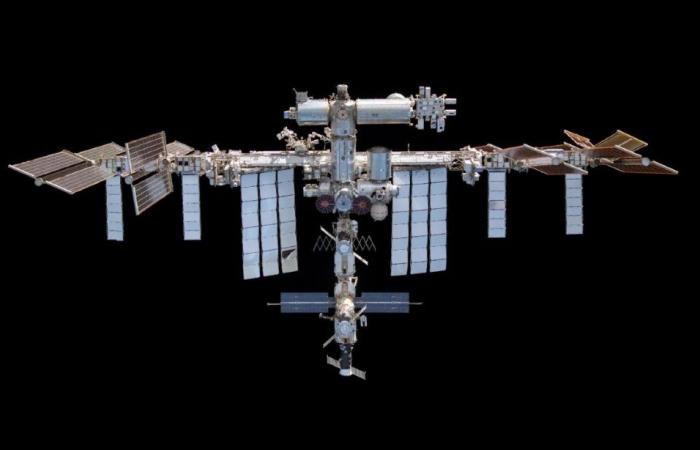
NASA announced the selection of SpaceX to develop and deliver the deorbit vehicle that will ensure the safe departure of the International Space Station (ISS) at the end of its operational life in 2030.
Ken Bowersox, NASA’s space operations mission management manager, explained that choosing a U.S. deorbiting vehicle for the ISS will allow NASA and its international partners to ensure a safe transition into low-Earth orbit upon completion of deorbiting operations. station. “This decision also supports NASA’s plans for future commercial destinations and ensures the continued use of near-Earth space.”
You may be interested in: What will the ‘artificial star’ that NASA will build be used for?
Since its launch in 1998, the ISS has been an unprecedented international collaboration, jointly operated by five space agencies: the Canadian Space Agency (CSA), the European Space Agency (ESA), the Japan Aerospace Exploration Agency (JAXA), NASA and the Russian State Space Corporation Roscosmos.
Each of these agencies is responsible for managing and controlling the hardware it provides, making the station an interdependent system that requires the coordinated effort of all its partners.
NASA will operate the SpaceX-developed deorbiter vehicle after development is complete, ensuring that both the spacecraft and the ISS disintegrate in a controlled manner during the reentry process, minimizing risks to populated areas. This contract, potentially worth $843 million, represents a significant step in planning for the retirement of the ISS.
You may be interested: NASA would ‘hang’ a clock on the Moon, how would the hands move if their gravity is different?
The ISS, now in its 24th year of continuous operations, remains an invaluable scientific platform. Crew members on board conduct research in a wide range of disciplines, from Earth and space sciences to human biology and physiology, as well as technological demonstrations not possible on Earth. More than 3,300 microgravity experiments have been completed thanks to the collaboration of thousands of researchers on the ground.
With the support of lessons learned aboard the ISS, NASA is paving the way for the development of future commercial space stations. The planned transition to a new era of commercial space exploration promises to maintain the legacy of the ISS as a cornerstone of scientific and technological advancement in space.
Image: POT





